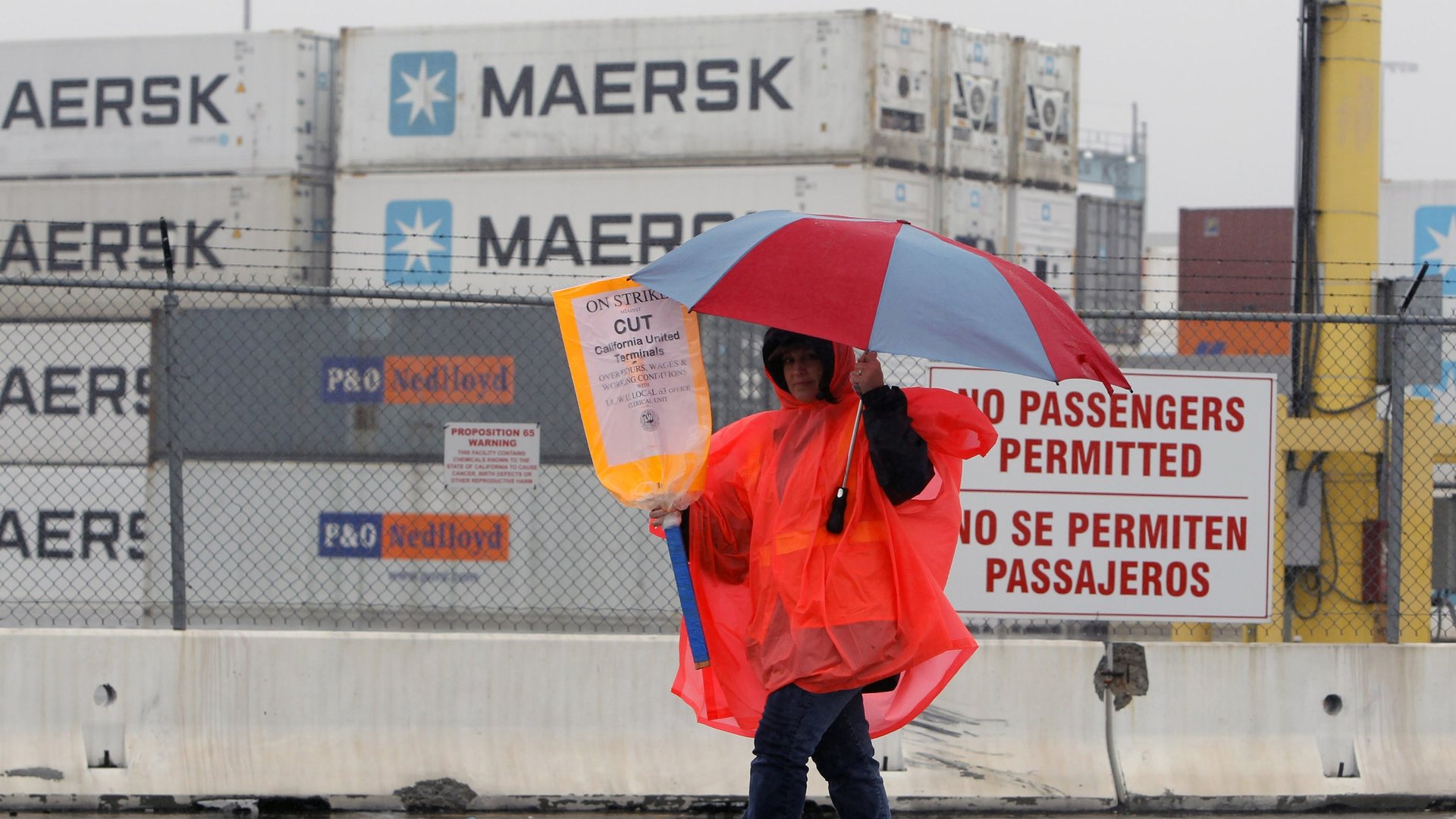Ports on the US east coast and Gulf of Mexico are on the brink of shutting down for first time in 35 years
Today the International Longshoremen’s Association (ILA) authorized its workers on the US east coast and in the Gulf of Mexico to strike if they can’t reach an agreement with the United States Maritime Alliance (USMX) by the start of next year. That would effectively stop container traffic from moving at 14 ports, including the Port of New York and New Jersey. It would be the first time such a far-reaching strike has happened in 35 years.


Today the International Longshoremen’s Association (ILA) authorized its workers on the US east coast and in the Gulf of Mexico to strike if they can’t reach an agreement with the United States Maritime Alliance (USMX) by the start of next year. That would effectively stop container traffic from moving at 14 ports, including the Port of New York and New Jersey. It would be the first time such a far-reaching strike has happened in 35 years.
Considering that the current negotiations have been going on since March with little progress, there’s a reasonable chance that the strikes will materialize. A federal mediator only just managed to extend the contract between the workers and USMX for 90 days in late September. That brief interlude will end on Dec. 29, after the crucial holiday shopping season has passed.
Should it take place, these port closures could prove far more severe than those which came to an end in Los Angeles and Long Beach last week. Though those two ports handle a total of 14 million 20-foot equivalent units of goods per year, large ports in Oakland, California and in Mexico were available to pick up the slack. That would be more difficult on the east coast, where diverting traffic could cost shippers serious time and money.
But just like last time, a single strike isn’t the whole story. American port workers simply aren’t as productive as workers in other countries. As shipping routes prepare to handle more traffic and more competition with the expansion of the Panama Canal in 2015, strikes might be something Americans and shippers have to get used to.